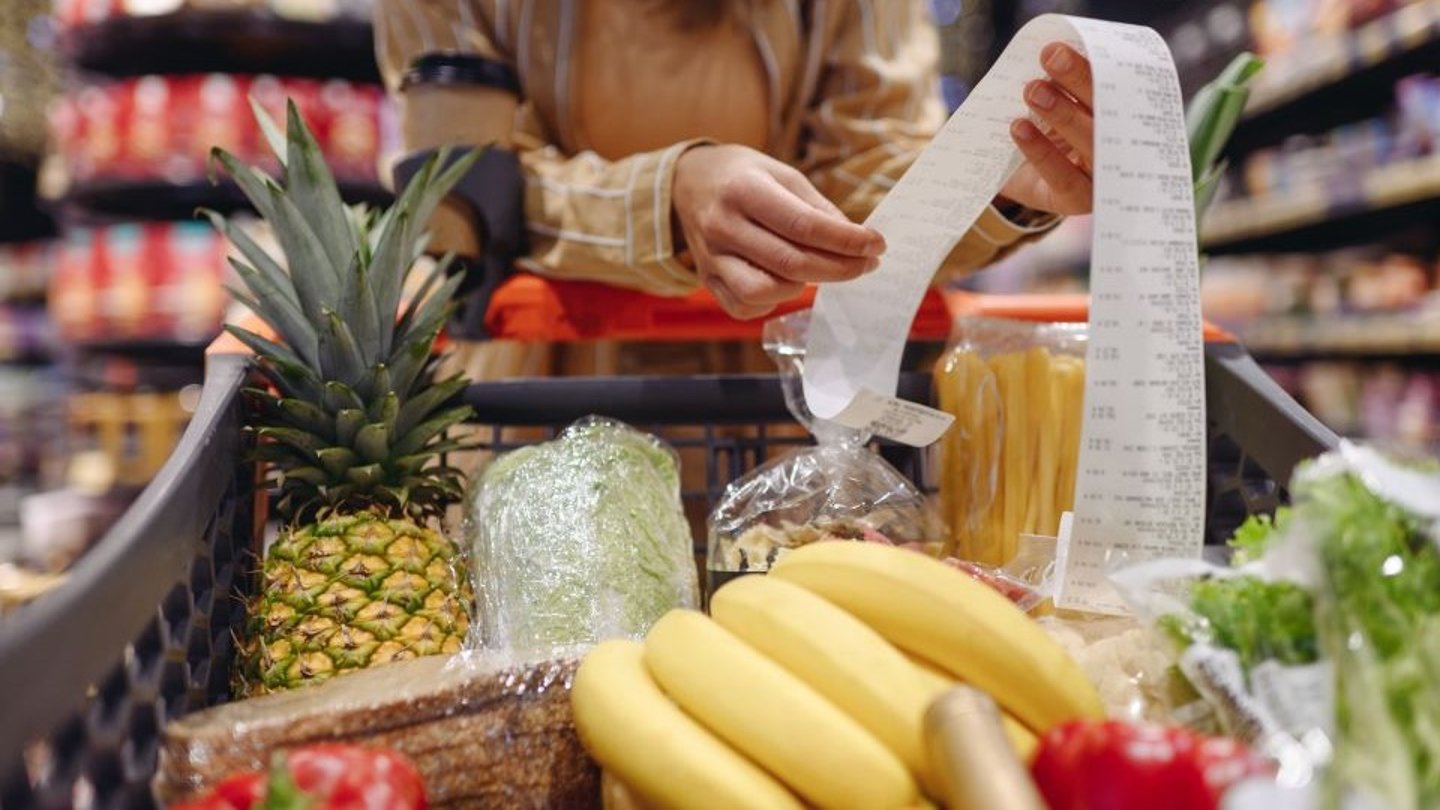Rising Price Sensitivity and E-Commerce Growth are Reshaping Retail: Circana
The CPG and retail landscapes are in constant flux as companies look to keep up with swiftly changing consumer demands.
Sally Lyons Wyatt, global EVP and chief advisor for consumer goods and food service insights at Circana, recently shared details during a CGT virtual event about ongoing consumer behavior changes (with a focus on food sales) and how shoppers are being influenced by changing economic pressures, technological advancements, and a heightened focus on value and convenience.
In order to maintain a competitive edge, manufacturers and retailers will need to understand these shifts and respond with agile strategies around pricing, product assortment, and marketing.
Painting a Picture of Today’s Consumer
Overall, consumers' views on value have changed. Today’s shoppers are much more price-sensitive, said Lyons Wyatt, as they shift toward private label and lower-priced options. Private label is outpacing national brands, especially in food, where it has grown 3% over last year while national brands declined by 1%.
Lyons Wyatt warned companies to look out for “unscripted” consumer behavior as well. Here there’s an increased frequency in shopping trips (up 8.9%) with smaller baskets (as much as 11% fewer items) — beneficial for categories with perimeter products like meat and produce.
“I am always asked, ‘Well, have you seen all these behaviors before?’ The answer is independently, I have seen almost everything they're doing, but collectively this has not been seen in the totality of what's happening,” she said.
Also read: Consumer Behavior Snapshops From WK Kellogg, Molson Coors, Kraft Heinz
These quick trips indicate consumers prioritize convenience and “the necessities.” That definition has changed, however, with items that were traditionally deemed necessary now seen as discretionary purchases.
“Volume is increasing, but how they're getting to the volume has changed with more trips and less per trip,” said Lyons Wyatt. “It also puts pressure depending on where you are in the store, whether you're part of that quick trip or not.”
Meeting Consumers Where They Are
In order to navigate this complex environment, Lyons Wyatt suggested that companies get closer to the consumer through data to deliver targeted messaging, implement purchase-based audience segmentation, and get the products they desire at the right price, in the right store, and with the right assortment.
The two key areas of focus right now are e-commerce and value channels. E-commerce has become a major driver of food and beverage growth, accounting for 50% of the category’s growth. This includes both pure-play e-commerce platforms and brick-and-mortar stores offering delivery or pick-up services.
Lyons Wyatt pointed out that consumers are using e-commerce platforms for price comparison purposes and overall convenience. When it comes to checkout, however, they either go in-store or purchase through other retailers if the price is better than on platforms like Amazon.
“A lot of consumers are using online as a navigation tool and then planting the seed for buying online or in the store,” she said, adding that some categories where the flavor impulse is bigger are outliers, such as ice cream and chips, as consumers typically like to roam the aisles to discover different variations.
Also read: Unilever Experiments With Micro-Formats in Response to Consumer Consumption Trends
The Consumer Crystal Ball
While consumers are still feeling the impact of compounded price hikes even as price increases in food and beverage have slowed, Lyons Wyatt expects prices to begin rising again in 2025. Pricing realization and promotions will play a critical role, she said, with the expectation for less emphasis on promotions.
Consumer trade-down behavior may slow though and Lyons Wyatt’s gauge is that the overall economic sentiment is improving, which could positively impact spending in both food and non-food categories.





